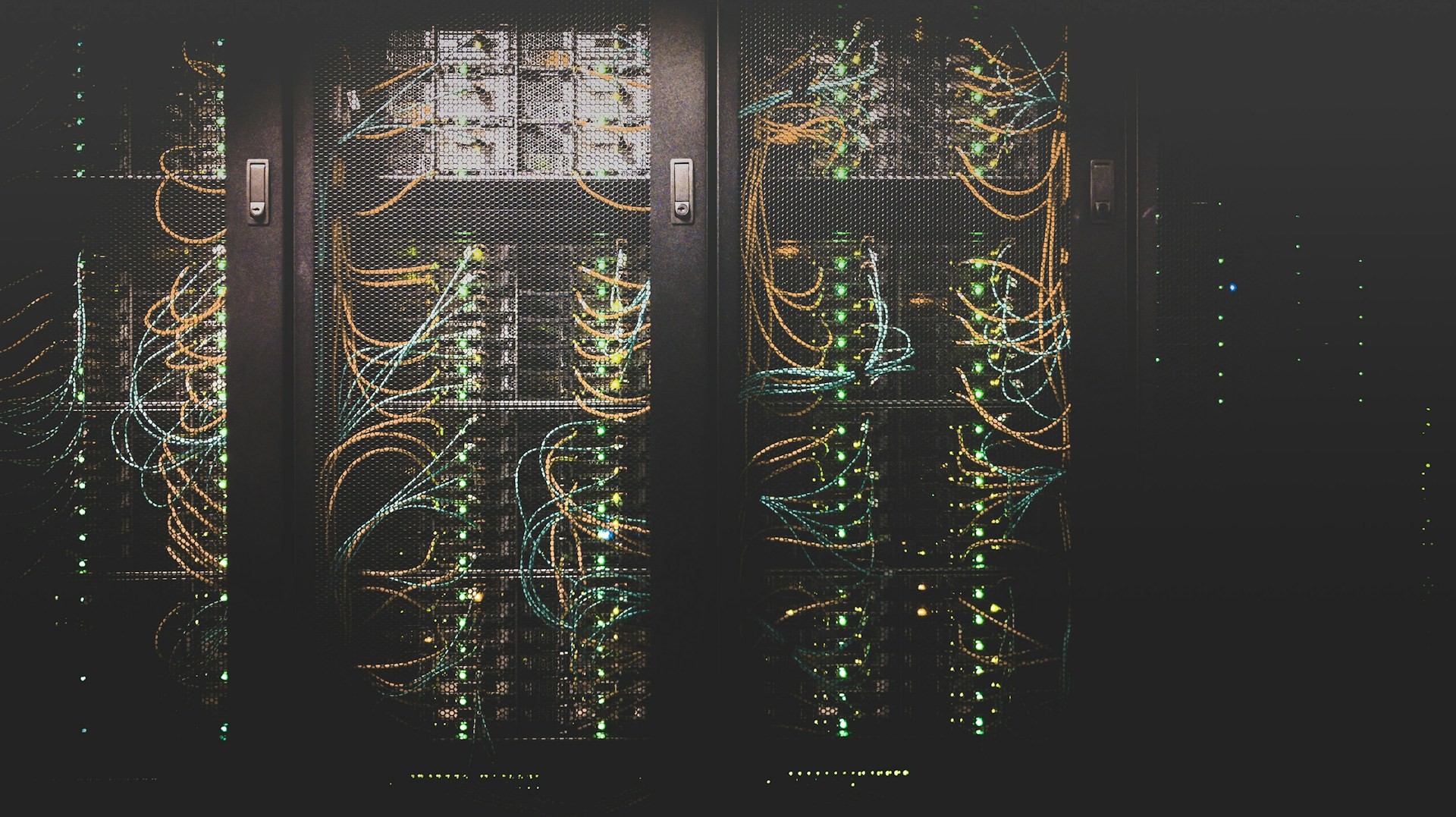
System Design Interview: CAP Theorem
1/12/20254 min read
The CAP Theorem is a fundamental principle in distributed systems, offering a framework to understand trade-offs when designing scalable, fault-tolerant systems. Proposed by Eric Brewer in 2000, it states that a distributed system can achieve at most two out of the three following guarantees:
Consistency (C)
Availability (A)
Partition Tolerance (P)
Let’s dive into each component and explore their significance, along with real-world implications and detailed examples.
1. Consistency (C)
Consistency ensures that all nodes in a distributed system reflect the same data at any given time. When a user reads data, they get the most recent write, regardless of which node they access.
Example:
Imagine a banking system where a user transfers money from Account A to Account B. Consistency guarantees that, once the transaction completes, every node reflects the updated balances of both accounts. This prevents scenarios where a user might see an incorrect balance due to a delay in data propagation.
Real-World Scenario:
In a stock trading platform, consistency is critical to prevent discrepancies in trade orders and balance calculations. Every trade must reflect immediately across all nodes to maintain trust and accuracy.
Challenges:
Achieving consistency often requires synchronization between nodes, leading to increased latency. In high-traffic systems, maintaining consistency can reduce throughput.
2. Availability (A)
Availability ensures that every request to the system receives a response, even if some nodes fail. This does not guarantee that the response contains the latest data but ensures the system remains operational.
Example:
A social media platform where users can post and view content. If one node fails, availability guarantees that users can still access the service through other nodes, though the data might be slightly outdated.
Real-World Scenario:
In an online multiplayer game, availability ensures that players can continue playing even if some servers are temporarily unreachable. The game might show slightly outdated scores or positions, but the user experience remains uninterrupted.
Challenges:
High availability may compromise consistency since nodes may return stale data during a network failure.
3. Partition Tolerance (P)
Partition tolerance means the system can continue operating despite network partitions that prevent nodes from communicating. In a distributed system, partitions are inevitable due to hardware failures, network congestion, or other disruptions.
Example:
An e-commerce platform spread across multiple regions. Even if the connection between regions is disrupted, the platform must still function within each region, allowing users to browse and place orders locally.
Real-World Scenario:
Consider a content delivery network (CDN) that serves media files from multiple data centers. If the connection between data centers is lost, each data center must still serve content to users in its region without interruption.
Challenges:
Ensuring partition tolerance often requires sacrificing either consistency or availability, depending on system requirements.
The Trade-Off: Choosing Two of Three
The CAP theorem implies that in the presence of a partition (which is unavoidable in distributed systems), a system must choose between:
Consistency and Partition Tolerance (CP): Systems prioritize data correctness over availability. Example: Traditional relational databases like MySQL when used with distributed locking mechanisms.
Availability and Partition Tolerance (AP): Systems prioritize uptime and responsiveness, even at the cost of returning stale data. Example: DNS systems, where availability is crucial.
Consistency and Availability (CA): In scenarios where partitioning is unlikely, systems can ensure both consistency and availability. Example: Single-node databases.
Eventual Consistency vs. Strong Consistency
When designing distributed systems, understanding the difference between eventual consistency and strong consistency is crucial.
Eventual Consistency
Eventual consistency ensures that, given enough time and no new updates, all nodes in the system will converge to the same state. This model sacrifices immediate consistency for improved availability and partition tolerance.
Example:
Consider a globally distributed database like Amazon DynamoDB. If a user updates their shopping cart, other nodes may briefly show the old version of the cart, but eventually, all nodes will synchronize to display the updated version.
Use Cases:
Social media posts: Likes or comments may take a few seconds to appear consistently across all users.
DNS systems: Updates to domain records propagate over time but may not be immediately visible worldwide.
Benefits:
High availability and low latency.
Suitable for applications where immediate consistency is not critical.
Challenges:
Requires careful handling of conflicts (e.g., multiple users editing the same document simultaneously).
Strong Consistency
Strong consistency guarantees that all reads reflect the most recent write. This model ensures data correctness and is ideal for systems where accuracy is critical.
Example:
A financial transaction system requires strong consistency to ensure that account balances are always up to date, preventing overdrafts or double withdrawals.
Use Cases:
Banking and financial applications.
Stock trading platforms where immediate updates are crucial.
Benefits:
Ensures data accuracy and reliability.
Prevents anomalies caused by stale data.
Challenges:
Increased latency due to synchronization overhead.
Reduced availability during network partitions.
Practical Applications and Examples
CP Systems:
Use case: Financial applications where data accuracy is critical.
Example: Zookeeper, where distributed coordination requires consistency.
Additional Insight: In CP systems, downtime is acceptable during partitions to maintain data integrity. For instance, during a bank’s nightly reconciliation process, consistency is prioritized even if it leads to temporary unavailability of some services.
AP Systems:
Use case: Real-time applications like chat systems or video streaming.
Example: Cassandra and DynamoDB, which prioritize availability and partition tolerance.
Additional Insight: AP systems allow for fast and reliable responses even under heavy load, making them ideal for user-facing applications where delays are unacceptable.
CA Systems:
Use case: Local applications or systems within a single data center.
Example: Traditional SQL databases like PostgreSQL in non-distributed setups.
Additional Insight: In CA systems, high-speed local operations ensure both consistency and availability, but they cannot handle network partitions effectively.
Comparing CAP Theorem in Popular Systems
Here’s how some well-known systems address the CAP trade-offs:
MongoDB: Focuses on AP, offering flexibility in consistency levels depending on the use case.
Redis (clustered mode): Prioritizes AP, ensuring high availability with potential for stale reads.
HBase: A CP system designed for strong consistency but sacrifices availability during partitions.
Conclusion
The CAP theorem underscores the inherent trade-offs in distributed system design. Understanding these trade-offs helps engineers make informed decisions based on the specific needs of their applications. For example, financial systems may prioritize CP, while social media platforms might lean towards AP. By carefully balancing these factors, designers can build robust systems that align with business goals and user expectations.
Distributed systems remain a cornerstone of modern technology, and mastering the CAP theorem is vital for designing scalable, fault-tolerant architectures that serve millions of users worldwide.
withMrRahul© 2024. All rights reserved.
